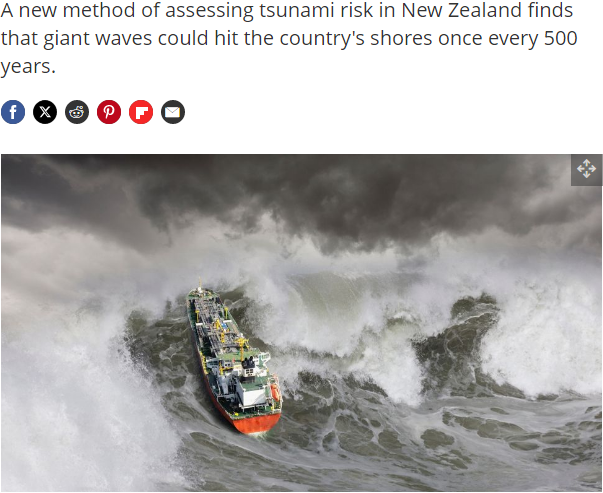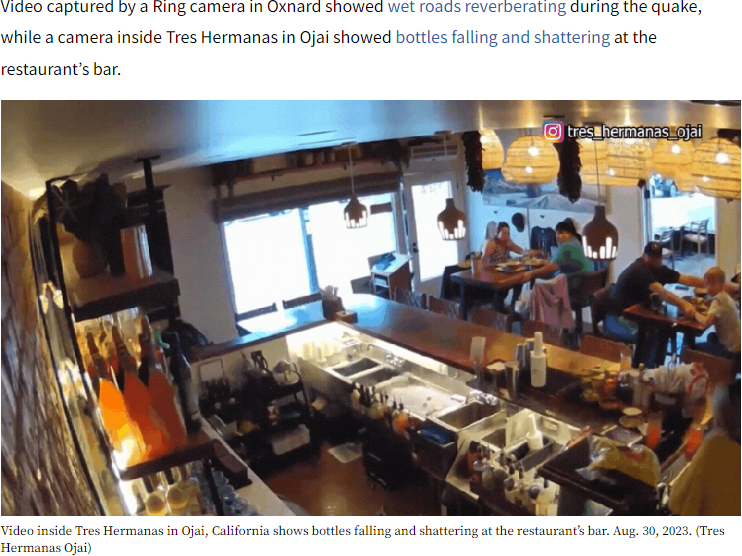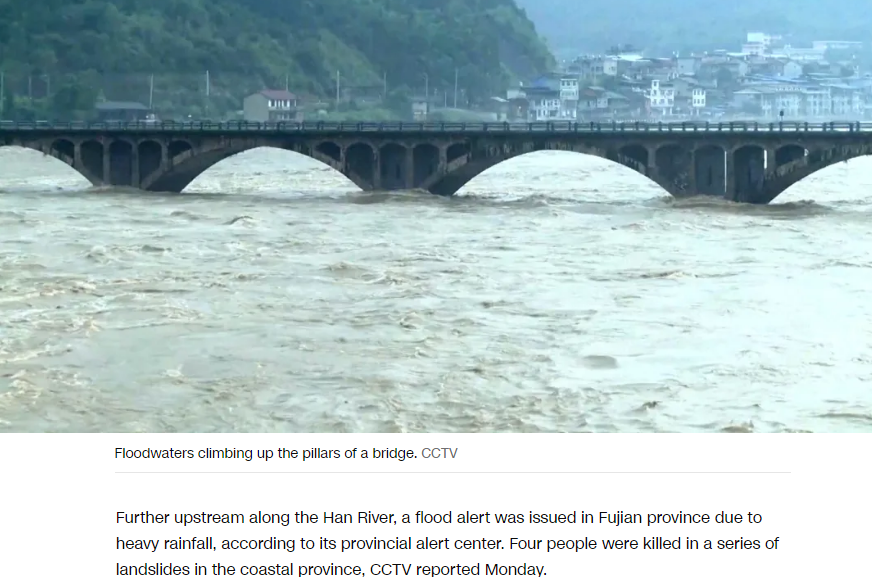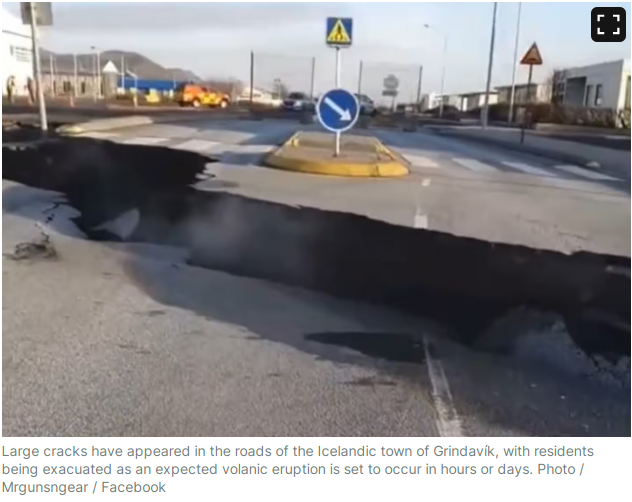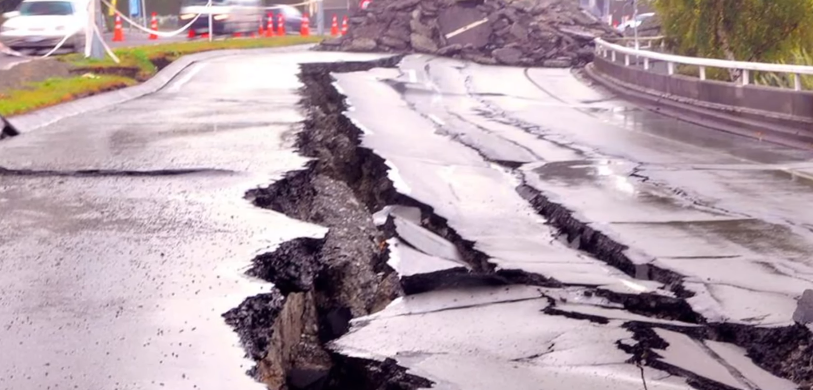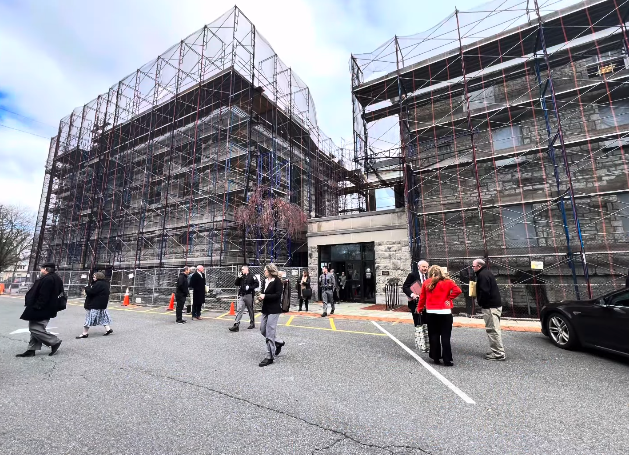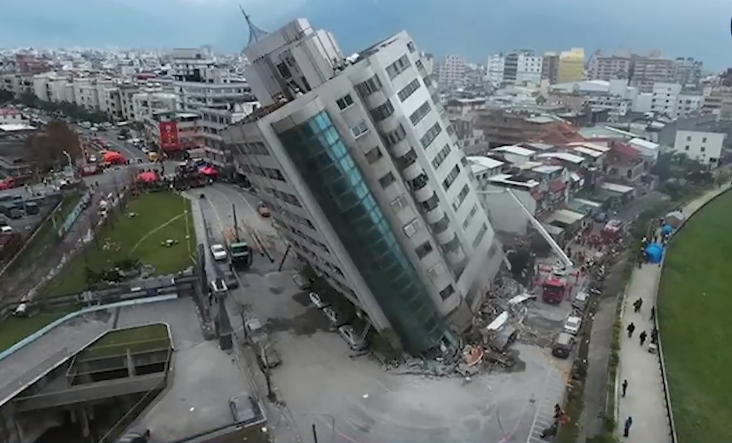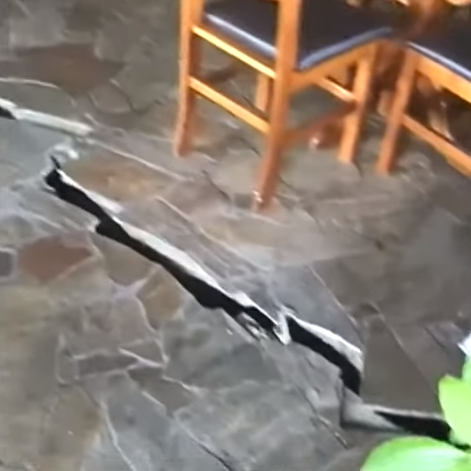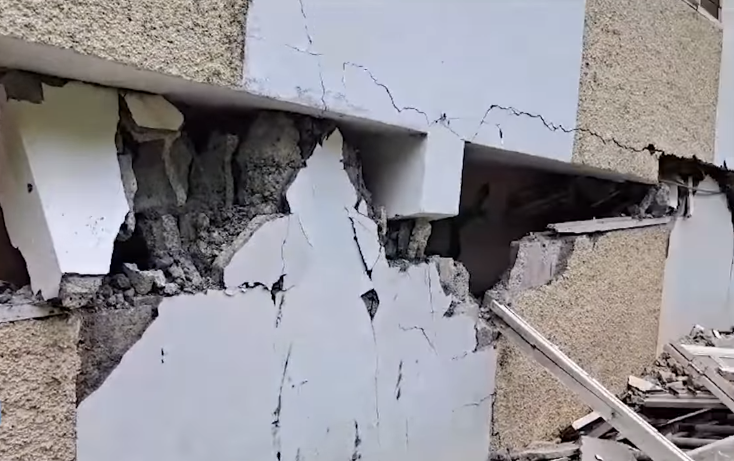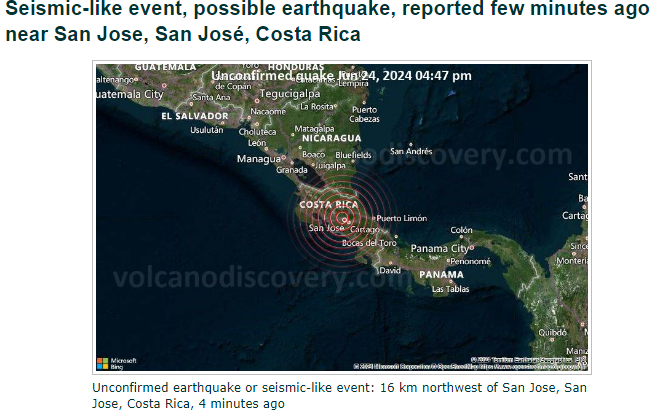| Warning Signal | Meaning |
|---|---|
| No. 1 | Take into account in planning activities of a tropical cyclone and to be aware that strong winds may occur over offshore waters. |
| No. 3 | A definite warning that a tropical cyclone is expected to come near enough to Hong Kong to cause strong winds in Hong Kong. |
| No. 8 | Complete all precautions before gales commence. |
| No. 9 | Stay indoors and away from exposed windows and doors to avoid flying debris. |
| No. 10 | Hurricane-force winds are expected, and it is advisable to stay indoors to avoid flying debris. |
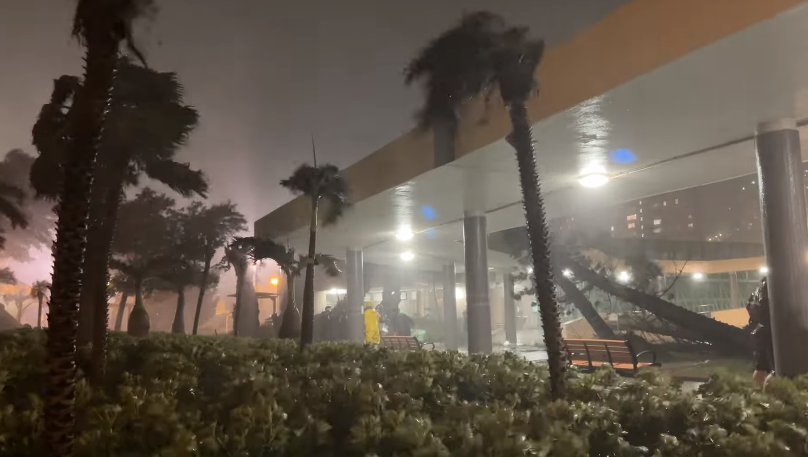
Introduction
Hong Kong is no stranger to tropical cyclones, commonly known as typhoons, which can bring strong winds, heavy rain, and flooding to the region. The Hong Kong Observatory (HKO) is responsible for monitoring and forecasting weather, as well as issuing warnings on weather-related hazards. In this article, we will discuss the Hong Kong tropical cyclone warning signals, their meanings, and what actions to take when each signal is issued.
Hong Kong Tropical Cyclone Warning Signals
The Hong Kong tropical cyclone warning signals, or informally typhoon signals, are a set of signals used to indicate the threat or effects of a tropical cyclone. The HKO issues the warning signal if a tropical cyclone approaches within 800 kilometres (432 nmi; 497 mi) of Hong Kong and poses a threat of deteriorating conditions in Hong Kong. The signals are represented as a set of numbers and symbols, with each number corresponding to a specific level of threat and recommended actions.
No. 1 – Awareness
When signal 1 is issued, it means that a tropical cyclone is in the region, and people should take it into account in planning activities. Strong winds may occur over offshore waters, so mariners should be cautious.
No. 3 – Strong Wind
No. 3 signal is a definite warning that a tropical cyclone is expected to come near enough to Hong Kong to cause strong winds in Hong Kong. Strong winds range from 41 to 62 kilometres per hour, but gusts may exceed 110 kilometres per hour. The warning refers to the general condition near sea level within Hong Kong, but winds on exposed hilltops and offshore waters may reach gale force. No. 3 signal normally gives about 12 hours warning of strong winds generally over Hong Kong at sea level, but in exposed areas, winds may become strong sooner.
No. 8 – Gale or Storm Force Winds
When signal 8 is issued, it means that gale or storm force winds are expected or blowing in Hong Kong. The HKO advises completing all precautions, such as securing loose objects, before gales commence.
No. 9 – Increasing Force
No. 9 signal indicates that increasing force is expected, and people should stay indoors and away from exposed windows and doors to avoid flying debris.
No. 10 – Hurricane
No. 10 signal gives warning of a hurricane-force wind. Hurricane-force winds range upwards from 118 kilometres per hour but gusts may exceed 220 kilometres per hour. This signal implies that the centre of a typhoon will hit Hong Kong directly or pass close enough to bring hurricane-force winds anywhere near sea level in Hong Kong within a short time of the issuance of the signal.
Public Guidance
The HKO has given public guidance when signals are given, which includes securing all loose objects, particularly on balconies and roof tops when signal 3 is issued and completing all precautions before gales commence when signal 8 is issued. When signal 9 or 10 is issued, staying indoors and away from exposed windows and doors to avoid flying debris is advised.
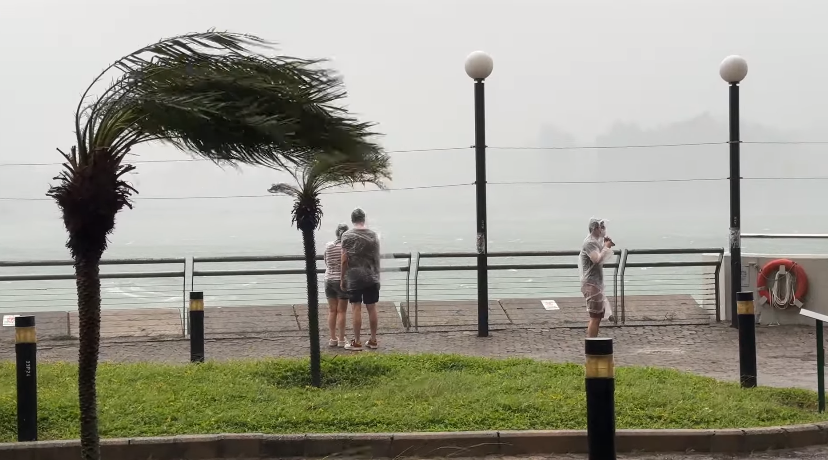
Conclusion
Understanding the Hong Kong tropical cyclone warning signals and their meanings is crucial for residents and visitors of Hong Kong. By taking appropriate actions when each signal is issued, people can stay safe and minimize the impact of tropical cyclones on their daily lives. It is essential to stay informed about the latest weather updates and follow the guidance provided by the HKO to ensure safety during a typhoon.

